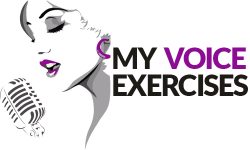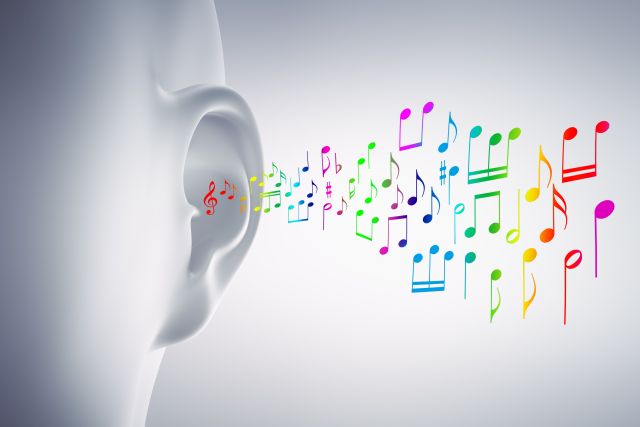At the most fundamental level, good singing is about recognizing and hitting a certain note correctly and in succession. Many adept musicians have their ears trained to automatically recognize a note’s pitch, so that they can reproduce the correct notes without necessarily listening to the song again. If you want to improve as a singer, you must endure vocal training to teach yourself to recognize notes and pitches by ear alone. Some people are born with “perfect pitch” – an innate talent to recognize notes – but this is an ability that can be learned through practice.
But what is pitch? Most instruments, including the human voice, are physically capable of producing an infinite number of notes, with only the most minuscule and tiny differences between each note.
When instruments are “tuned,” a trained ear finds the exact fixed sound they want for a particular note. All other notes produced by the instrument are then played using this sound as a reference.
 Likewise, someone singing “off key” or “off pitch” refers to someone that is not singing according to the recognized standard of the song. Often times, musicians use a middle C or E as the reference tuning sound.
Likewise, someone singing “off key” or “off pitch” refers to someone that is not singing according to the recognized standard of the song. Often times, musicians use a middle C or E as the reference tuning sound.
What are Vocal Exercises to Learn How to Pitch Correctly?
The real secret to proper vocal training and to learn how to recognize notes and chords by ear is through repetitive listening and singing back. It helps to have some professional assistance on this topic since a professional vocal coach will already have a trained ear and can provide feedback on your progression. But as with all of the other exercises outlined on this site, there are definitely a few drills that you can practice on your own to develop your ear and pitch recognition.
Things You will Need:
- A microphone if you to record yourself on computer. Alternatively a cassette tape recorder also works well
- A musical instrument that is already perfectly tuned and in pitch. A popular choice is a piano keyboard. A guitar or violin could also be used.. Likewise a device designed for tuning such as a Chromatic Tuner also works well. If you no access to any tuned instruments, use the Virtual Piano, as a last resort. It’s serviceable, but a live instrument always yields best results.
Pitching Warm- Up Exercise
- Use the instrument to play a single note C, which is within your normal vocal range.
- Listen to the note and then play it again. This time sing along with the note as you play.
- Repeat this exercise, progressing upwards through different notes of the scale.
- Continue this exercise, moving downwards through the bottom range of the scale
- Then repeat the exercise again using random notes
Voice and Ear Training Exercises
Once you feel comfortable reproducing the pitch of notes you hear, you’re ready to move on to more advanced drills.
- Play the chord C, or notes C, E, and G at once. Play the C chord again, listening for the specific note E and attempt to sing it.
- Repeat the exercise listening to individual notes within the chord until you can hear and sing each of them easily.
- Repeat this exercise with the chords D, E, F and G.
- Repeat this exercise using random chords
- Repeat this exercise using minor chords, until you feel comfortable hearing and reproducing any note from any chord on every scale.
Remember to record yourself singing these notes as you practice. You should be replaying your recordings to provide feedback that you are indeed hitting the correct pitches.
Advanced Ear and Vocal Training with Pitch
Once you master the exercise above, try this more advanced voice training exercise.
- Play a C chord an octave above your normal vocal range.
- Sing the notes in the chord using your normal range
- Repeat this exercise using random and different chords above your normal octave range
You want to be able to recognize and reproduce the notes in a chord regardless of the scale they are played on. Steady practice will help improve your ear and vocal technique to pitch notes no matter what other noise the music is accompanied with.

